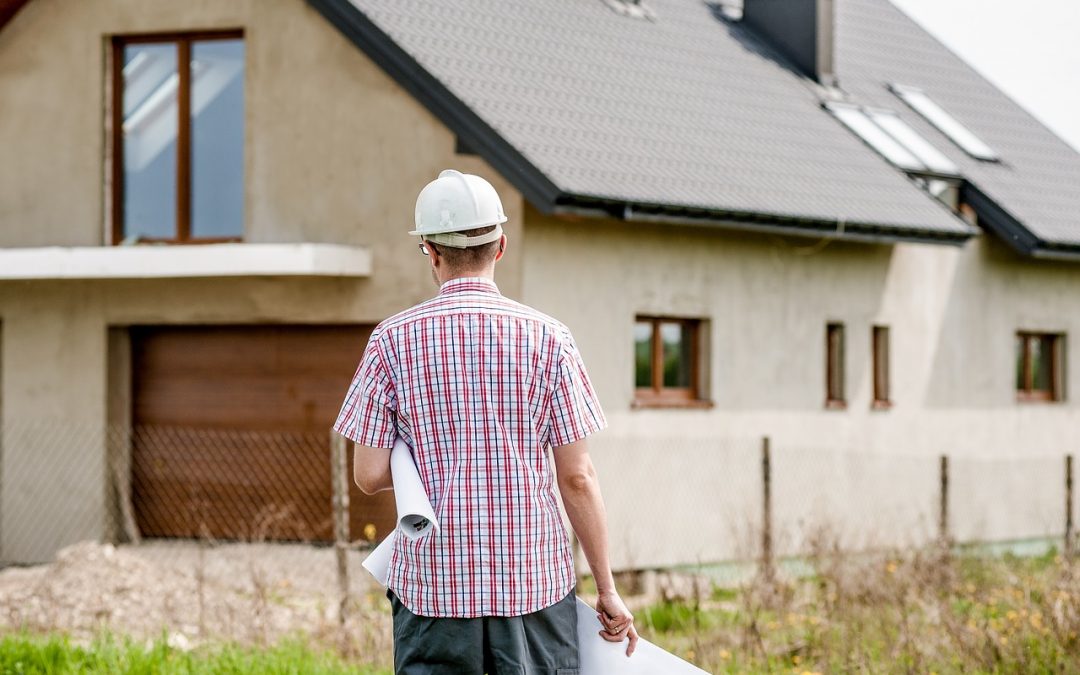This is a financial decision and emotional decision that many of my mortgage lender clients are facing.
Mainly this question is coming up because the price of moving to a bigger house is pretty high compared to staying put and improving what they have. Even in my neighborhood there is a remodeling boom going on because the housing stock that’s available is old or non-existent
The problem you know is better than the problem you don’t know.
Home prices are high right now in most markets. Though you get a high price for your old home (unless you rent it out and keep as investment) the new home is likely more costly and the cost of selling your home can be high leaving you with less money at closing than you would like. In some areas sales commissions alone are 6-7%. So to “move up” to a new home for just 1 bedroom and 1 bathroom is economically not great idea– depending on cost of construction of the extra space.
The good news is that if anything is “worth it” it would be the bathroom, kitchen and additional bedrooms..
Also “worth it” is if you are taking a functionally obsolescent home and turning into a more “normal” house of the market you are in.
For example, a 1 bedroom/1 bath house might be fine as a cottage by the beach or in a hipster neighborhood where small starter homes are cool, but not so much in family neighborhood where space inside and outside is more highly desired. The addition to the value of your home maybe greater because of making it a more desirable home for resale. However making a house a 5 bedroom 3 bath in a neighborhood of 3 bed 2 bath houses may not be smart.
Now the math
Current loan versus new loan terms: I would start by looking at the cost of borrowing. Is your current mortgage rate lower than what you would refinance to? Probably not because interest rates are so low right now.
How long have you had your current loan? If you are 10 years into a 30 year loan, you might want to think twice about a refi because the amount of principal reduction in the current loan might be way more than the new loan putting you backwards in your march towards a free and clear home (if that’s even a goal you have).
Also you mention 80% loan to value ratio, conventional lenders charge a premium on 80% cash out refis (fannie mae and Freddie mac call this LLPAs – loan level price adjustments) so instead of getting a 30 year fixed at 3.375% you would get almost 4% because of these “add-ons” to rate because of the extra inherent risk this loan type brings.
Bang for your buck! Consider the cost of building versus buying a new home that already has the features you want.
If the cost of building on the extra room and bath is $20,000 (depends on your market here in SoCal that would be $80,000), and the difference in value between your current home and the new “home’s” square footage of office room and bath is $20,000 or more then it might be worth it. But if it costs $80,000 and you only add $20,000 in value then it might be better to move.
Money pit: Don’t ever over improve for your neighborhood as you will never get that money back out (or it will take forever for the market to catch up).
For example, I had a client who added a bedroom and bathroom to an already 3bedroom 1 bath house. The extra bath is great for resale since that is the norm in her neighborhood but the extra square footage only brought her up to the “regular” home size for the neighborhood.
She spent $80,000 approx and only added $30,000 to the market value of the home (extension of foundation, replumbing and architectural fees drove up the price).
One way you can compare is look at the price per square foot of homes that are similar in your new room count and bath count as what you are planning compared to your price per square foot of construction of those same extras. They should be somewhat in line. This is the approach we take in construction lending. We look at future value.
Time value of money: if you plan to live there for a few years and it makes your life better then doing this is a good idea because over time you average out the cost of having added the extra room and bath and improved the retail value of your home should you sell one day. Because of inflation, paying for work now is cheaper than paying for work in 5 or 10 years (unless you wait for a downturn in the economy when work is cheap and hopefully materials have not gone up too much in price).
Emotion: in the end, If you love the location of your home/neighbors, need extra room, willing to live in dust and holes for a bit, and plan to be there a long time, and just want this, then all the logic does not way heavier than your wants.
Warnings:
Office vs bedroom: If you are doing an office make sure it’s made as a bedroom with a closet for resale value. Bonus rooms don’t count for much in resale but official bedrooms do.
Loan first then begin work: Do not start ripping anything out til you decide on a loan because most lenders don’t want to give a new loan on an asset that is missing walls or other components (like bathroom fixtures), they will make you fix the “holes” before giving you the loan… You will be stuck between a rock and hard place. Get financing first then start work. Not the other way around (a lesson many have learned the hard way).
About Athena Paquette
For an expert mortgage lender, be sure to contact Athena Paquette for all the information you need. For intimate and focused services, make sure to visit the services page for all mortgage related information.


